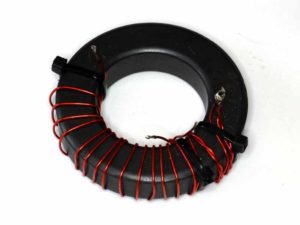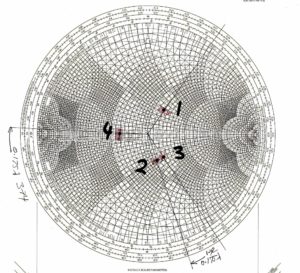An upcoming article works through an approach to finding the velocity factor of a sample of coaxial cable using an antenna analyser.
As a precursor, this article poses a challenge that will identify the issues relevant to the problem.
Case 1:
A Rigexpert has been used to measure the first quarter wave resonance of a length of ‘unknown’ semi air dielectric RG6.
The length of RG6 Dual Shield is terminated in an F connectors at one end, the other end cut cleanly square. It is connected via N(M)-BNC(F) and BNC(M)-F(F) adapters to a Rigexpert AA-600 antenna analyser and the quarter wave resonance noted (ie the lowest frequency at which measured X passes through zero).
Above, the line section is connected to the Rigexpert via adapters, and the length overall is measured from the case of the AA-600 to the of the cable. The measured length is 1.077m, make any adjustment to that length that you think is justified on the information presented here.
Continue reading Finding velocity factor of coaxial transmission line – a challenge








